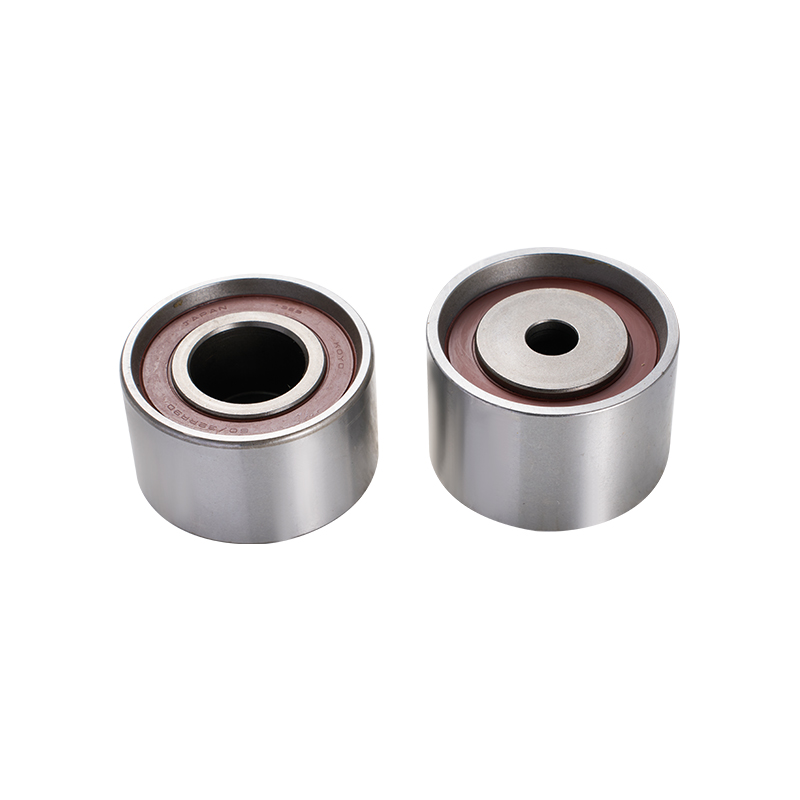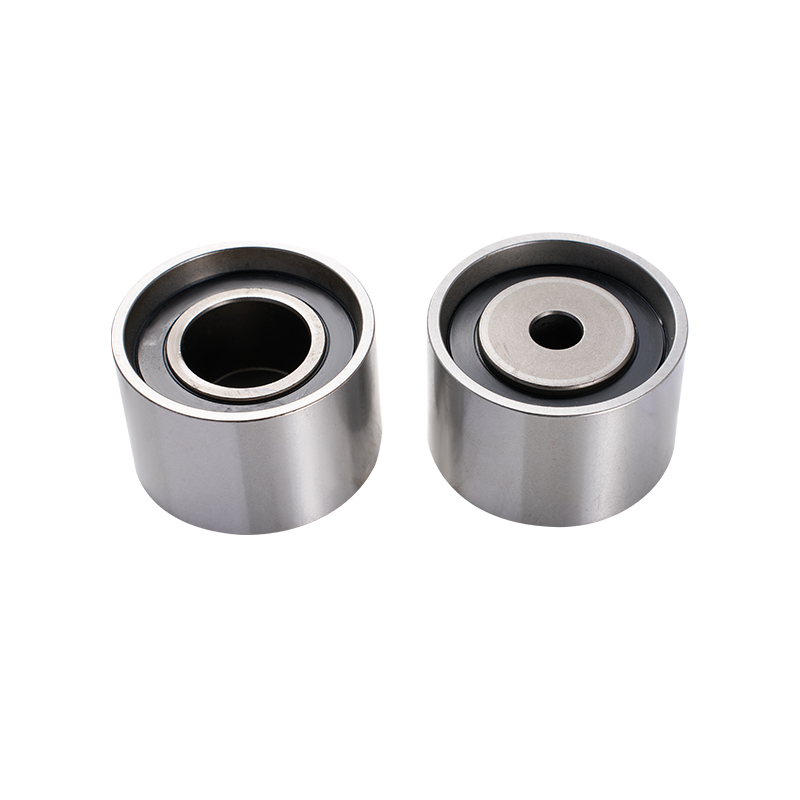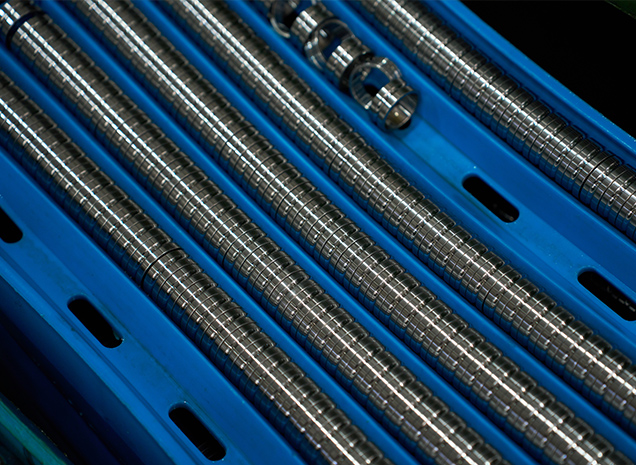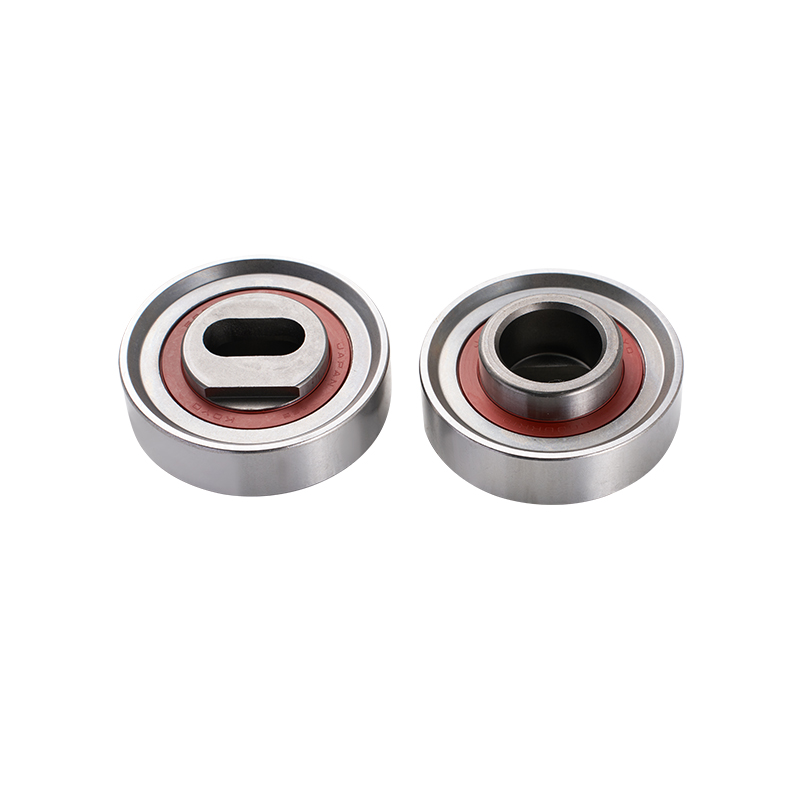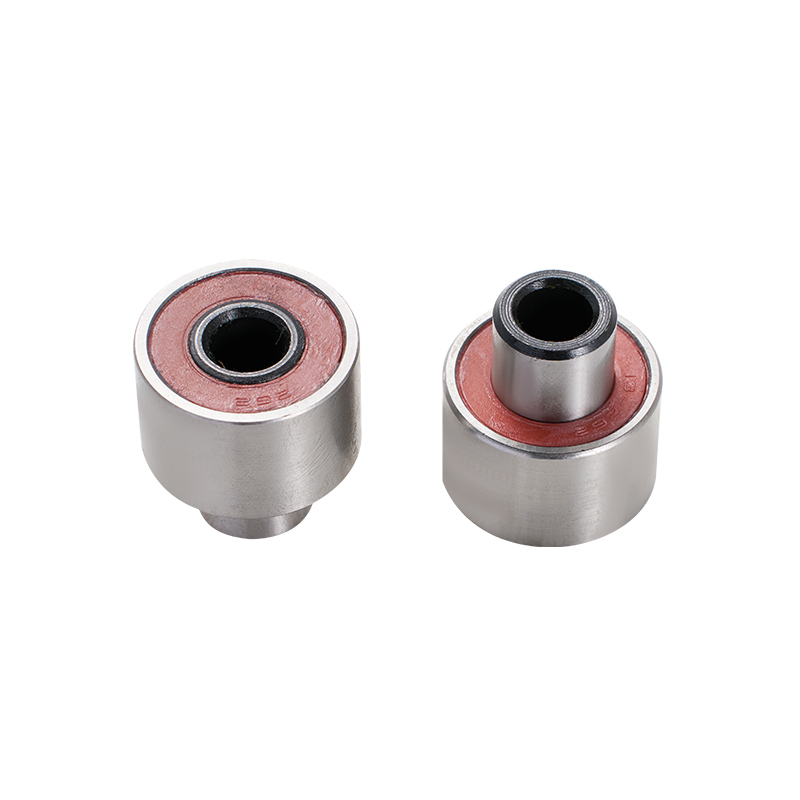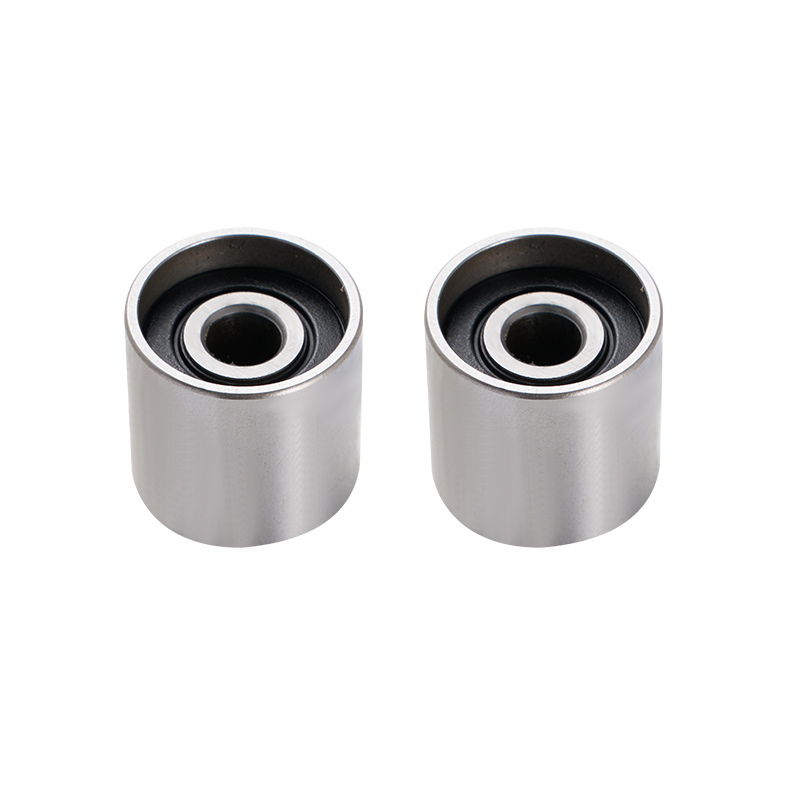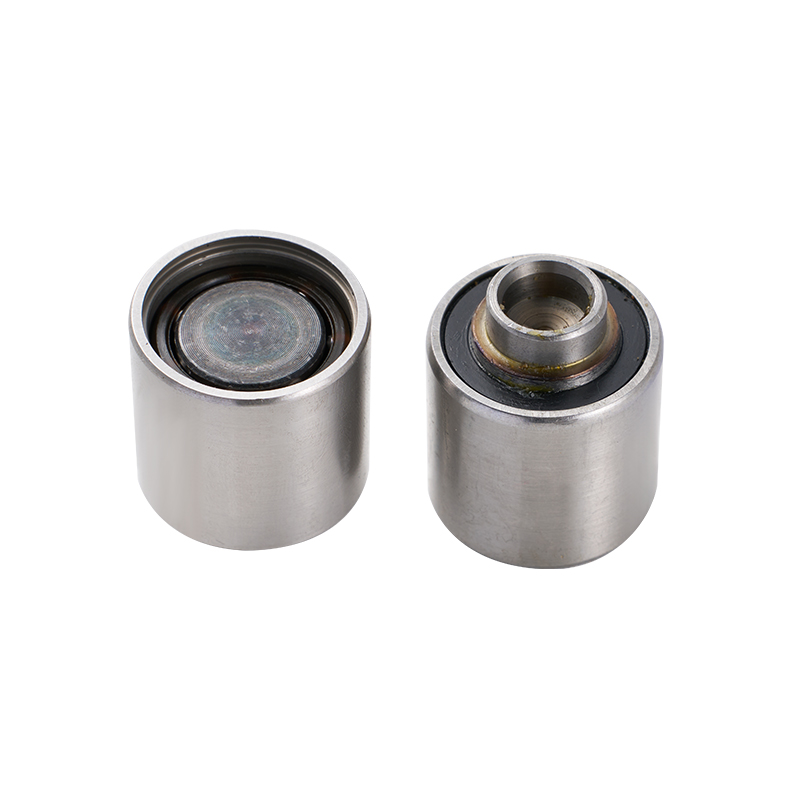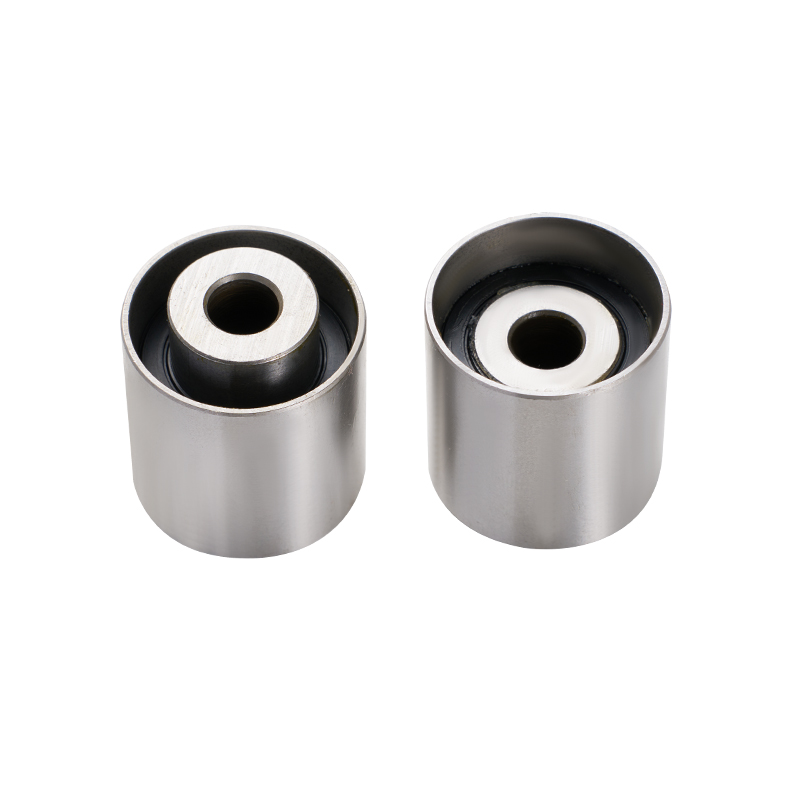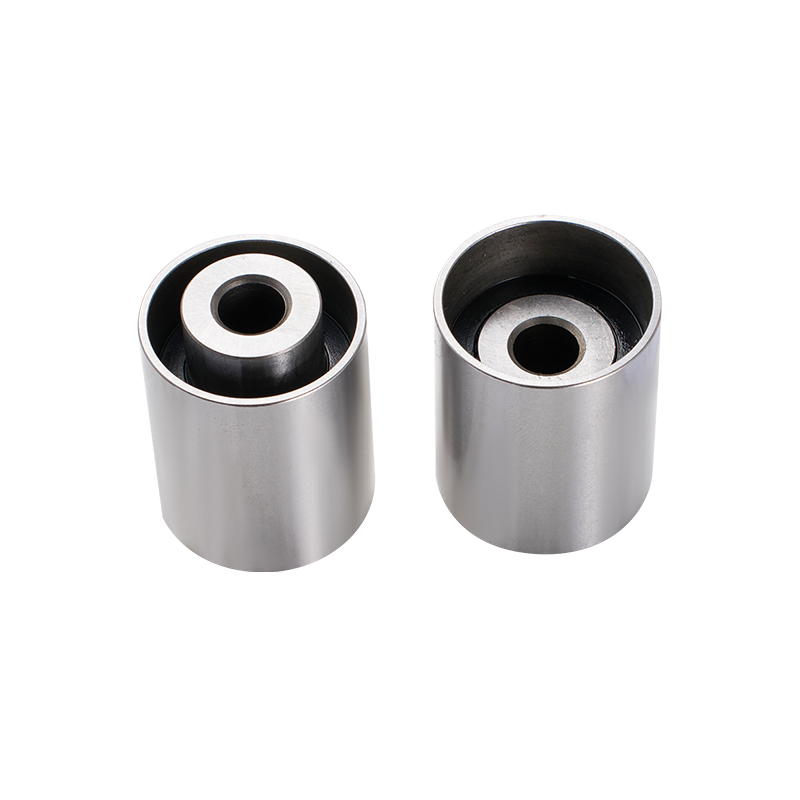More Product Information About 1350362040/VKM81401/56950 Timing Belt Roller
Are 13503-62040 and 1350362040 the same timing belt roller?
Yes, these are identical parts - the variation in formatting (with/without hyphens) is common in bearing part numbers. Both refer to a high-quality timing belt roller used in various Japanese and European vehicles. This interchangeable numbering helps when searching for replacements across different suppliers' catalogs.
What makes the VKM81401 timing belt roller special?
The VKM81401 stands out for its:
• Double-sealed bearing design for contamination protection
• Precision-balanced roller surface for silent operation
• Heat-treated alloy core that resists warping
It's a popular OEM-equivalent replacement that often outperforms cheaper alternatives in durability tests.
My mechanic recommends replacing the 56950 roller with my timing belt - is this necessary?
Absolutely. The 56950 timing belt roller works in tandem with your timing belt, and worn rollers are a guideing cause of premature belt failure. Even if the roller seems fine, its internal bearing could be nearing failure. Most manufacturers specify replacing all rollers (including the 13503-62040/VKM81401 if applicable) during timing belt service to prevent costly rework.
How can I identify a failing timing belt roller?
Watch for these signs:
• High-pitched whirring noises from timing cover
• Visible wobble in the roller when the belt is off
• Rubber dust around the roller surface
• Irregular belt wear patterns
The 1350362040 and similar rollers typically fail gradually, giving you warning signs before complete failure.
Why do timing belt roller prices vary so much for the same part (like VKM81401)?
You're paying for:
• Bearing quality (Japanese vs generic steel)
• Seal technology (single/double lip)
• Manufacturing tolerances
• Anti-corrosion treatments
Genuine 56950 or 13503-62040 rollers may cost more upfront but prevent expensive engine damage from roller failure.
Can I mix brands when replacing timing belt rollers?
Technically yes, but we don't recommend it. The VKM81401, 13503-62040, and 56950 rollers in your system are engineered to work together. Mixing brands with different:
• Friction coefficients
• Thermal expansion rates
• Load ratings
...can create uneven wear on your timing belt and other components.
How long should a quality timing belt roller last?
Properly installed timing belt rollers (including 1350362040 and VKM81401 models) typically last:
• 60,000-100,000 miles in passenger vehicles
• 30,000-50,000 miles in performance/high-load applications
The 56950 and similar idler rollers often wear faster than tensioners due to their constant rotation direction.
Are there upgrades available for these rollers?
Yes, for certain applications:
• 13503-62040 → Look for units with ceramic hybrid bearings
• VKM81401 → Some brands offer coated rollers for wet conditions
• 56950 → Upgraded versions with reinforced side flanges exist
Consult your service manual - some timing systems require OEM-spec rollers to maintain precise belt alignment.
Pro Tip: When replacing any timing belt roller, always:
1. Check pulley alignment with a straightedge
2. Verify proper belt tension
3. Replace all rollers as a set (including 1350362040/VKM81401/56950 if applicable)
4. Use torque specs during installation
These components might seem simple, but your engine's timing precision depends on their quality. Investing in reputable timing belt rollers now prevents catastrophic engine damage later.



 English
English русский
русский